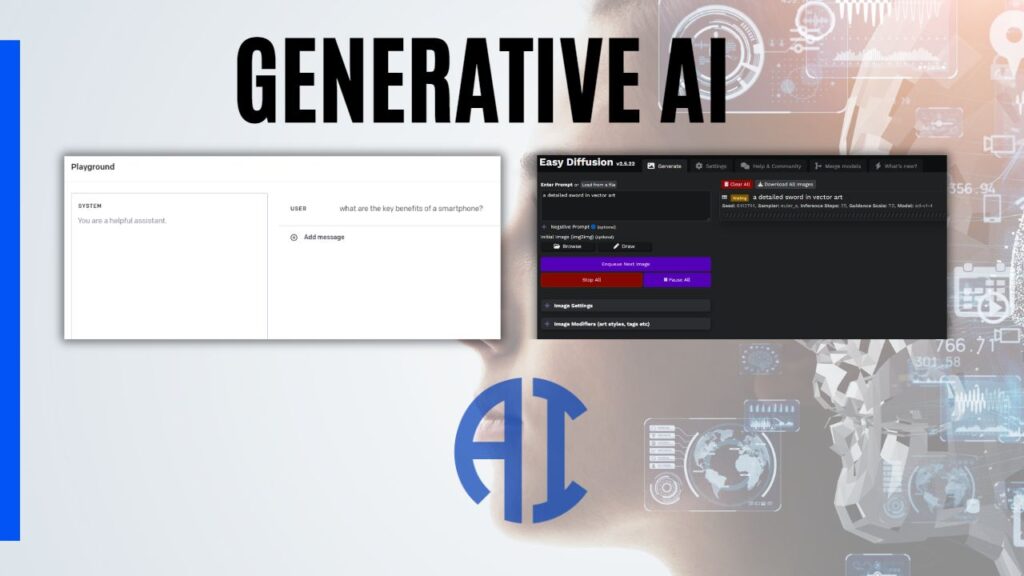In the ever-evolving world of technology, AI has moved beyond its infancy, embracing a broader spectrum of tasks and capabilities. One field where it’s leaving an indelible mark is the content generation, and the herald of this technological revolution is none other than Generative AI.
Table of Contents
What is Generative AI?

Generative AI is a subset of artificial intelligence that leverages machine learning and deep learning techniques to produce content. It is much like an artisan molding a piece of clay; except here, the artisan is an algorithm, and the clay takes the form of data.
From drafting poems and painting artworks to writing code or composing music, Generative AI is unleashing a wave of creativity that’s blurring the line between human and machine-made art.
The Backbone: Generative Models
At the heart of this creative surge are generative models, statistical models that learn the underlying patterns in data and generate new samples from that same distribution. Two of the most potent models are Generative Adversarial Networks (GANs) and Transformers.
GANs: Artistic Rivalry Spurs Creativity
GANs pit two neural networks against each other. One network, the generator, produces data (like an image), while the other, the discriminator, evaluates its quality. This rivalry pushes the generator to continually improve, leading to remarkably lifelike creations.
Transformers: Learning from the Past
Transformers, on the other hand, use attention mechanisms to determine which parts of input data are most relevant to the task at hand. This approach has proved highly successful in natural language processing, with AI like GPT-4 generating compelling narratives indistinguishable from the human-written text.
Expanding Horizons: Applications of Generative AI
Generative AI has a wide array of applications, ranging from creative arts to functional areas:
- Art and Design: AI is creating awe-inspiring pieces of art and design. Take the case of AICAN, an AI artist whose work has been exhibited alongside human artists. Or consider DeepArt and DeepDream, which transform your photos into art in the style of famous painters.
- Content Creation: AI is breaking new ground in content creation. For instance, AI Dungeon uses GPT-4 to generate interactive stories, enabling players to explore endless narratives.
- Scientific Research: Generative models are aiding in scientific research, particularly in the field of drug discovery. Insilico Medicine, for instance, is using AI to design novel molecules for medicines.
The Road Ahead
As we delve deeper into the realm of Generative AI, ethical considerations and the need for regulatory oversight become more apparent. The potential for misuse and the repercussions on traditional creative fields are areas that warrant careful thought and action.
However, with its remarkable ability to mimic and create, Generative AI remains an exciting frontier in technology. It embodies the meeting point of science and art, where creativity is no longer the exclusive domain of humans. As we forge ahead, the boundary between human and machine-made creations is set to become increasingly blurry – opening up a new realm of possibilities and questions about the nature of creativity itself.




